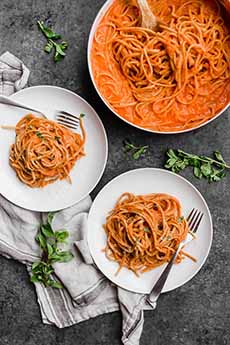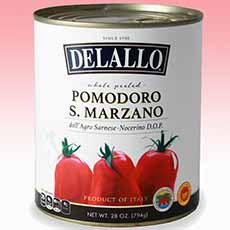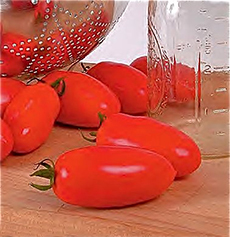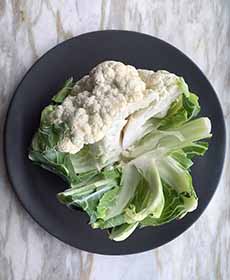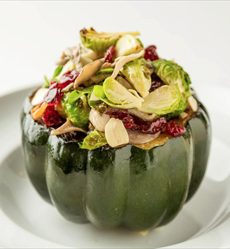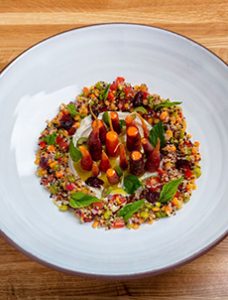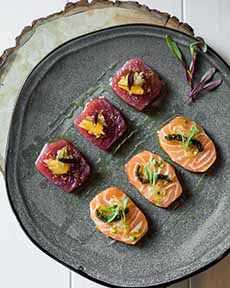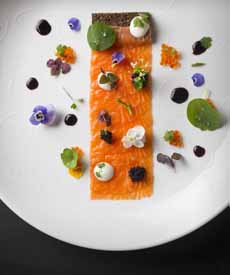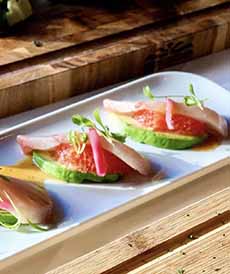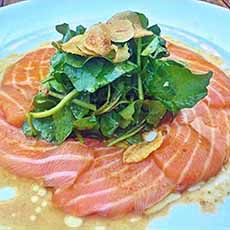|
Epiphany, a Christian holiday celebrated on January 6th, marks the end of the Christmas season and the beginning of Carnival (which concludes with the beginning Lent).
January 6th, which is 12 days after Christmas in the Gregorian calendar, is also known as Twelfth Night.
It can get confusing to those not schooled in the tradition. Epiphany is also known as Three Kings Day, the Day of Kings and Feast Of The Kings (Fête des Rois in French). It’s the day that the Three Kings (les rois) appeared in Bethlehem bearing gifts for Baby Jesus.
And it’s celebrated with a special cake, Galette des Rois (Cake Of The Kings, a.k.a. King Cake).
HOW TO CELEBRATE EPIPHANY
Epiphany is celebrated with parties for children and adults alike. Whatever the food served, the “must have” is a Galette Des Rois (photos #1 and #2), otherwise known as an Epiphany Cake.
The cake is a frangipane* tart. In France, people enjoy it throughout January, regardless of religious background.
Composed of two circles of puff pastry (pâte feuilleté) with frangipane (almond-enhanced pastry cream) in between, each cake comes with a hidden charm or other trinket, called a fève, or bean†, baked into it. A gold paper crown, provided by the baker, sits on top.
The person who gets the slice with the charm becomes “king” or “queen” for the day, and gets to wear the gold paper crown. But it’s an entailed honor: By tradition, the king or queen has to provide next year’s galette.
Most people head to the nearest French bakery to buy a Galette Des Rois.
But you can bake one: Here’s an Epiphany Cake recipe from the two-Michelin-star French chef Héléne Darroze.
THE HISTORY OF GALETTE DES ROIS
Hiding some type of token in food is a pre-Christian tradition, with roots in the Roman feast of Saturnalia‡. When the Church later instituted the Feast of The Epiphany to celebrate the arrival of the three wise kings, the tradition of the bean in the cake remained.
The Galette Des Rois as we know it first appeared in the 14th-century [source].
Before the custom of the gold paper crown emerged (probably in the 19th century), the cake was covered with a white napkin and carried into the dining room.
The tradition was adopted by other countries, to a more or less extent.
In the south of France, the preference is for a brioche-style cake covered with candied fruit. In Western France, the cake is shortbread-style with fillings such as chocolate-pear and raspberry [source and recipe].
In the U.K., in the 17th, 18th and 19th centuries, fruitcakes with a hidden bean were covered in marzipan and topped with crowns. The day was reserved for revelry and games.
During the French Revolution, when King Louis XVI was beheaded, the feast still occurred—but the cake was renamed “Gâteau de l’Egalité” (cake of equality). Even though the cake referred to the Three Wise Men, since the cry of the people was “Down with the King,” anything called “king” was renamed.
In New Orleans a similar cake, called King Cake, is used for Mardi Gras, the bookend to the Carnival season. The cake is different—a yeast cake decorated in sugars the colors of New Orleans: purple, gold and green. There’s no crown. (Here’s the history of Mardi Gras and King Cakes.)
TRADITIONAL VS. MODERN
While traditionalists like the cakes in the photos, others bake outside the box.
Fauchon has created a galette in the shape of a giant pair of lips, adding passion fruit, raspberry and rose petals to the recipe.
Dalloyau created a “crystal galette,” with touches of bitter orange and Papua New Guinean vanilla. They’ve even added crystals to the crown (photo #5)
Chef Laurent Fau placed a Black Forest Cake cherry rim around the galette.
Lenôtre created a charmer called À l’heure du goûter (“time to eat),(photo).
Scroll down on this page to see innovative Galettes Des Rois.
Are you inspired to create your own Epiphany Cake? Traditional or not, January 6th is a day to celebrate with a good piece of cake.
Don’t eat sugar? Make a vegetable filling, like creamed spinach with a hint of nutmeg.
________________
*WHAT IS FRANGIPANE? Frangipane is a dense pastry cream flavored with almond paste. The almond paste base is enriched with sugar, butter and eggs. (Alternatively, milk, sugar, flour, eggs and butter are mixed with ground almonds). It is related to marzipan, which also has a base of almond paste. A key difference is that frangipane is a spreadable cream, and marzipan is a semi-hard almond candy.
|
|
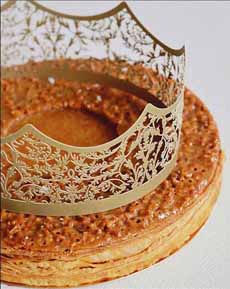
[1] Famed patissier Ladurée fills the puff pastry with almond cream, then garnishes the top with a confit of mandarin orange topped with a crunchy biscuit (cookie) of nougatine (almond croquant).
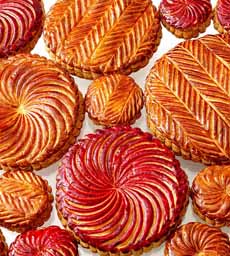
[2] Beautiful galettes with different patterns, from the great Parisian pâtissier Pierre Hermé.
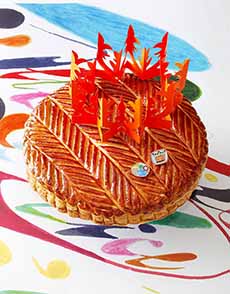
[3] Pierre Hermé adds some color—and two chocolate treats—to this galette.
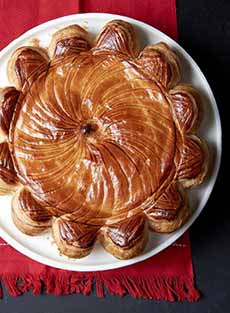
[4] Modern chefs add their own creative touches (photo © Breads Bakery | NYC).
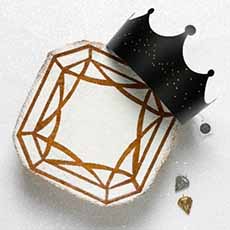
[5] After centuries of tradition, some pastry chefs are ready for a major change, like this “Crystal Cake” from French pâtissier Dalloyau. (photo © Dalloyau).
|
